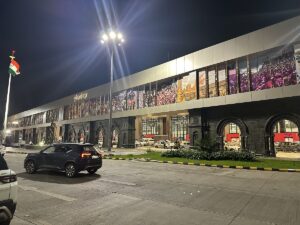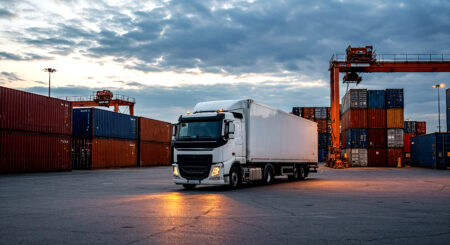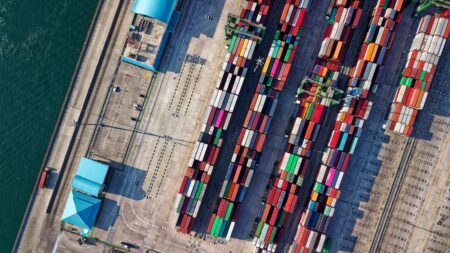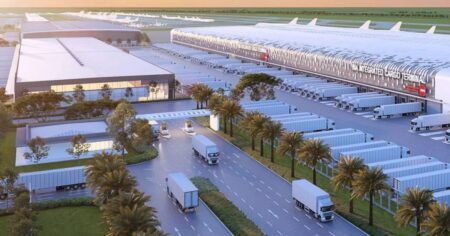Vivek Agnihotri, Vice President – Banking & Finance, RedTape, elucidates how automation and robotics are revolutionising the fashion supply chain, addressing sustainability challenges, improving last-mile delivery, and navigating evolving regulations while leveraging government infrastructure and digital initiatives.

Automation boosts efficiency, sustainability, and resilience in fashion supply chains
In an insightful discussion, Vivek Agnihotri explores how automation and robotics reshape the fashion supply chain. He highlights the significant benefits, such as increased production efficiency and cost reduction, alongside challenges like high investment costs and job displacement. Agnihotri also points out the vast opportunities for improvement in logistics, warehousing, and brand image. He emphasises that while some production processes remain difficult to automate, these technologies profoundly transform the industry.
Navigating fashion’s challenges
Fashion supply chains face significant hurdles due to their complex, tiered nature involving primary and secondary suppliers. This complexity complicates data extraction and vendor accountability, making it challenging to establish and enforce universal environmental standards. Additionally, the industry’s need for rapid turnarounds and short product cycles often undermines environmental goals. Logistics costs related to transportation, distribution, and warehousing have not yet advanced enough to support sustainable practices effectively.
Last-mile impact
The impact of last-mile delivery extends beyond just delivering products; it embodies a commitment to “doing good.” The COVID-19 pandemic’s surge in online purchases pushed fashion retailers to enhance fulfilment processes. Investments in technology and systems aimed to streamline delivery and improve the shopping experience while balancing sustainable practices with profit margins. These efforts reflect a broader push toward both efficiency and environmental responsibility.
Resilient chains
To build more resilient supply chains, the fashion industry increasingly relies on technology. Advanced tools such as data analytics, predictive analytics, and AI enhance visibility and improve demand forecasting and planning. Blockchain technology creates a decentralised ledger that ensures secure and traceable transactions across the supply chain. These technological innovations contribute to developing resilient supply chains and incorporating sustainable practices to better handle disruptions, natural disasters, and geopolitical
uncertainties.
Regulatory impact
Evolving government policies and regulations significantly impact the fashion logistics industry. The National Logistics Policy addresses all key stakeholders across the country’s logistics landscape. Data privacy, digitisation, and the Unified Logistics Interface Platform (ULIP) consolidate transportation into a single platform, affecting the sustainable fashion industry both directly and indirectly. Labour laws and sustainability initiatives, such as the Extended Producer Responsibility (EPR) initiative and the Data Protection and Digital Privacy (DPDP) Act, directly influence the fashion logistics sector by improving employee turnover, data security, and addressing climate change.
Budget benefits
The Union Budget 2024 offers significant benefits to the fashion industry by focussing on infrastructure development and digital initiatives. Prioritising AI, the digital economy, and early-stage investments can drive sustainable growth and innovation, enhancing efficiency and competitiveness within the sector.











